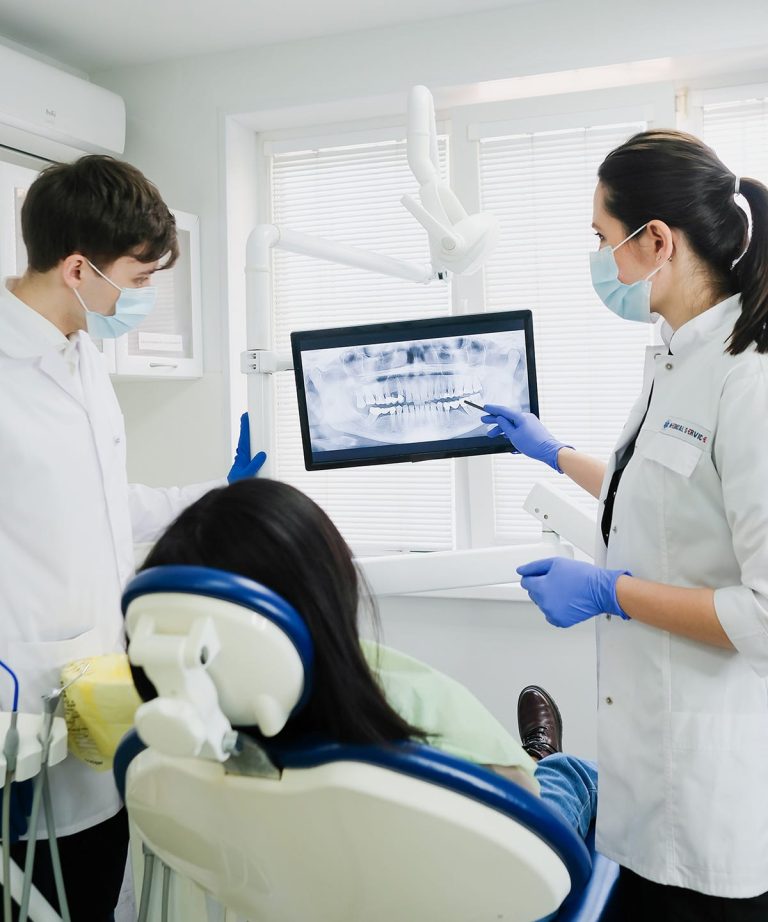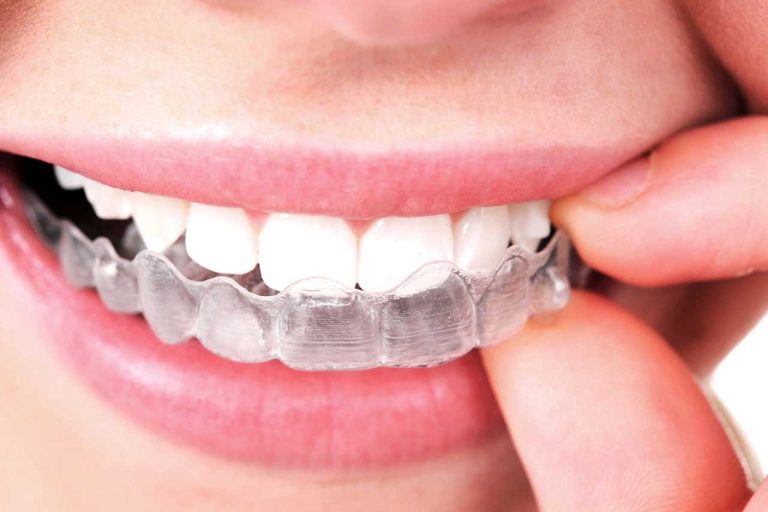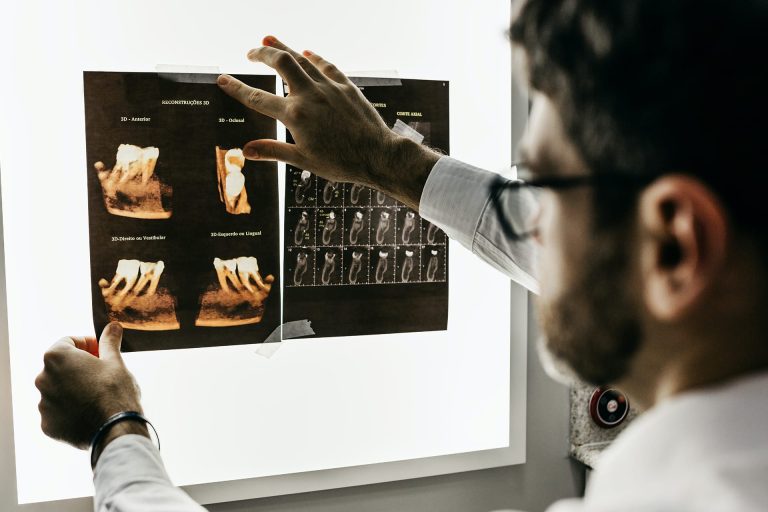Many people think that flossing with braces is difficult, but it really isn’t! In this article, we’ll give you a step-by-step guide on how to floss properly with braces so that you can keep your teeth healthy and sparkling clean.
What is flossing?
Flossing is an important part of oral hygiene, and it’s especially important if you have braces. Braces can make it difficult to reach all areas of your teeth, so flossing helps to remove plaque and bacteria from hard-to-reach places. There are a few different ways to floss with braces, and your orthodontist can help you find the best method for you.
How to floss with braces
If you have braces, you know that taking care of your teeth can be a bit more challenging than usual. But don’t worry, with a little extra effort, you can keep your teeth and gums healthy and clean! Here are some tips on how to floss with braces:
- Use an interdental brush or water flosser: These devices can help get rid of plaque and food particles in hard-to-reach places.
- Be careful not to damage your gums: When flossing, be careful not to snap the floss against your gums. This can cause irritation and even bleeding.
- Use waxed floss: This type of floss is less likely to get caught in your braces and tear your gums.
With a little bit of effort, you can easily keep your teeth and gums healthy – even with braces!
Why is flossing important?
Flossing is an important part of oral hygiene for people with braces. Flossing helps remove plaque and food particles from teeth and gums, which can lead to tooth decay and gum disease.
How often should you floss?
You should floss at least once a day, ideally after every meal. If you have braces, you may need to use a special flossing tool to help get the job done. Ask your orthodontist for recommendations.
Tips for flossing with braces
If you have braces, you know that taking care of your teeth can be a bit more challenging than usual. But don’t worry, we’re here to help! Here are some tips for flossing with braces:
- Use a special flossing tool: There are many different types of flossing tools on the market designed specifically for people with braces. These tools can make flossing easier and more effective.
- Be careful not to damage your gums: When flossing with braces, be careful not to put too much pressure on your gums. This can damage them and cause irritation.
- Take your time: Flossing with braces takes a little bit longer than usual, so be patient and take your time. It’s important to do a thorough job in order to keep your teeth and gums healthy.
- Don’t forget about the back teeth: It’s easy to focus on the front teeth when flossing with braces, but don’t forget about the back teeth! They need just as much attention.
- See your dentist regularly: Even if you’re doing a great job of flossing with braces, it’s still
Next steps for me
Assuming you have successfully installed your braces, congratulations! You are on your way to achieving the smile of your dreams. But before you get too ahead of yourself, there are a few things you need to know about taking care of your braces and keeping your teeth healthy. One of the most important things you can do for your teeth is to floss regularly. Here are a few tips on how to floss with braces:
Use a waxed floss: This type of floss is easier to slide between teeth and will not get caught on your braces.
Be gentle: When flossing, be gentle around your gums. Aggressive flossing can damage your gums and cause bleeding.
Take your time: Flossing with braces takes a little bit longer than usual. Be patient and take your time to make sure you are getting all of the food and plaque out from between your teeth.
If you follow these tips, you will be on your way to keeping your teeth healthy and looking great!






